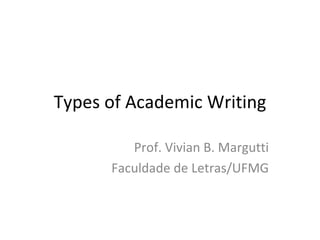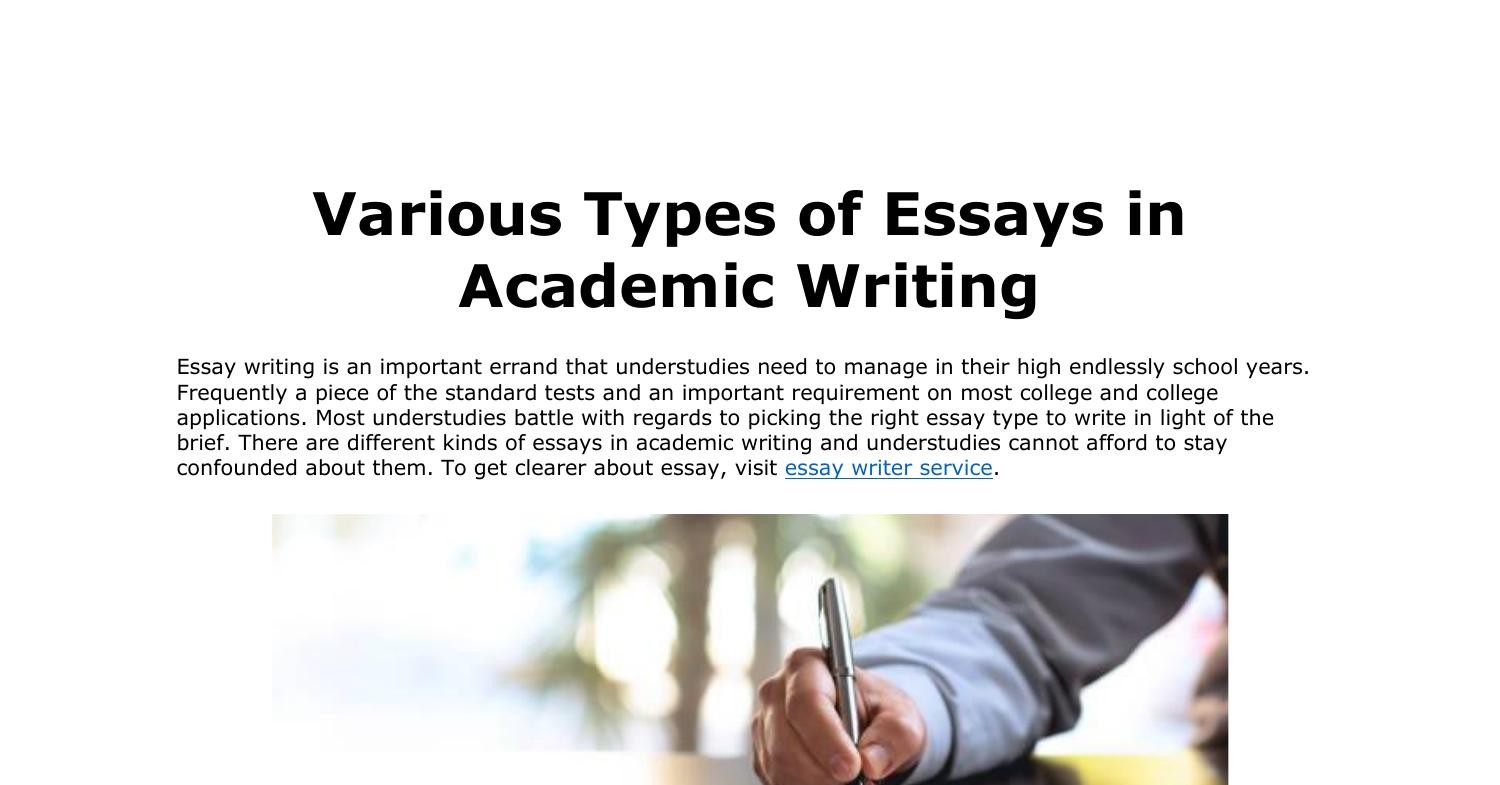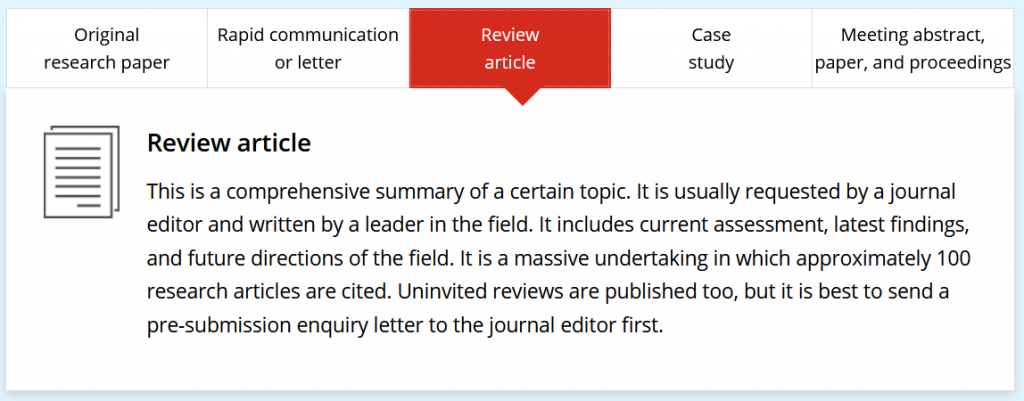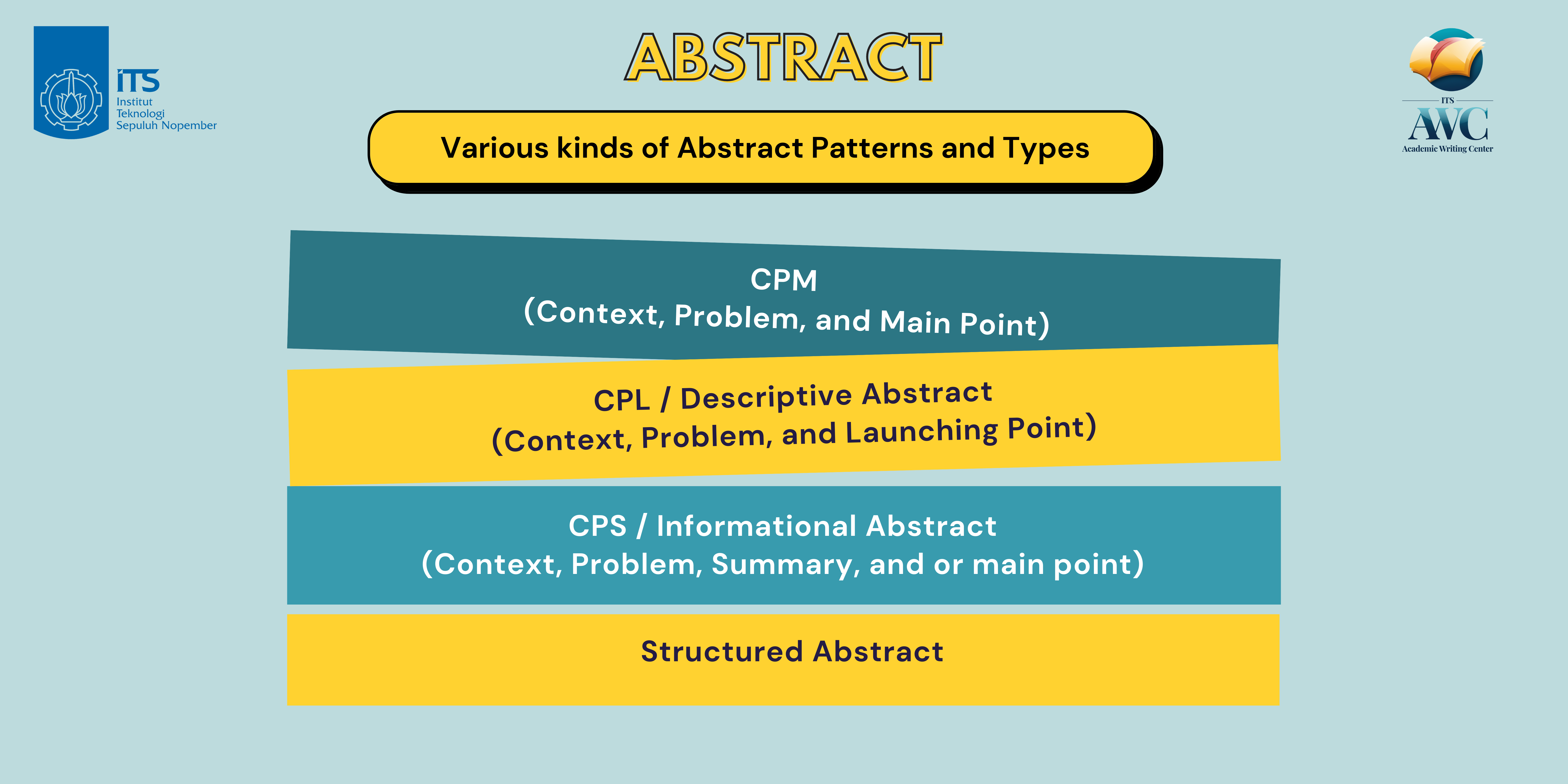Academic writing is a type of writing that is formally researched, written, and structured for the purpose of communicating and presenting scholarly work. It is a crucial aspect of the academic process and is used in various fields of study, including the humanities, social sciences, natural sciences, and technical fields. There are several types of academic writing, each with its own unique characteristics and purposes.
One type of academic writing is the research paper. Research papers involve conducting extensive research on a specific topic and presenting the findings in a structured, organized manner. They typically include an introduction, literature review, methodology, results, and conclusion sections. Research papers can be based on primary research, in which the writer conducts their own research through methods such as experiments or surveys, or secondary research, in which the writer relies on existing research and data.
Another type of academic writing is the review paper. Review papers summarize and evaluate the current state of knowledge on a particular topic. They are often used to provide an overview of the literature on a particular subject and to identify gaps or areas in need of further research. Review papers can be systematic reviews, which use a specific set of criteria to evaluate the research on a topic, or narrative reviews, which provide a more qualitative overview of the literature.
Thesis and dissertation writing are also important types of academic writing. A thesis is a lengthy, formal document that presents the author's research and findings on a specific topic. It is typically written as part of the requirements for a graduate degree, such as a Master's or Doctoral degree. A dissertation is a similar type of document, but it is written as part of the requirements for a Doctoral degree. Both theses and dissertations are typically structured with chapters that cover different aspects of the research and findings, and they often include an introduction, literature review, methodology, results, and conclusion section.
Another type of academic writing is the term paper. Term papers are typically written at the end of a semester or academic term and involve researching and presenting a specific topic in depth. They may be assigned as a way for students to demonstrate their understanding of the material covered in a course or to explore a topic in greater detail.
Finally, academic writing can also include reports, case studies, and technical writing. Reports are typically written to present the findings of a specific research project or study. Case studies involve a detailed examination of a specific individual, group, or situation, often with the aim of identifying patterns or trends. Technical writing is a type of writing that is used to communicate complex or technical information to a specific audience, such as scientific or engineering professionals.
In conclusion, academic writing is a crucial aspect of the academic process and is used to communicate and present research and findings in a structured and organized manner. There are several types of academic writing, each with its own unique characteristics and purposes, including research papers, review papers, theses and dissertations, term papers, reports, case studies, and technical writing.
Rhetorical thinking is a mode of critical analysis that involves examining how language and other forms of communication are used to persuade and influence an audience. It is a way of analyzing and evaluating the effectiveness of communication, whether it be a written or spoken argument, a public speech, or a piece of visual media.
In order to engage in rhetorical thinking, it is important to understand the context in which the communication is taking place. This includes the audience, the purpose of the communication, and the goals of the speaker or writer. By considering these factors, it is possible to analyze the rhetorical strategies and devices being used to persuade the audience.
One key aspect of rhetorical thinking is the examination of the appeals being made to the audience. These appeals include appeals to logic (logos), emotion (pathos), and credibility (ethos). Logical appeals rely on reason and evidence to persuade the audience, while emotional appeals rely on the audience's feelings and emotions. Credibility appeals rely on the perceived authority or expertise of the speaker or writer.
Another important aspect of rhetorical thinking is the analysis of the language and structure of the communication. This includes examining the choice of words, the organization of the argument, and the use of figurative language and rhetorical devices. These elements can help to strengthen the argument and make it more persuasive.
Rhetorical thinking can be applied to a wide range of communication, including written arguments, public speeches, and visual media. It is a valuable tool for understanding how language and communication are used to persuade and influence others, and for evaluating the effectiveness of these techniques. By engaging in rhetorical thinking, we can become more critical consumers of information and better able to recognize and resist manipulation or persuasion.







